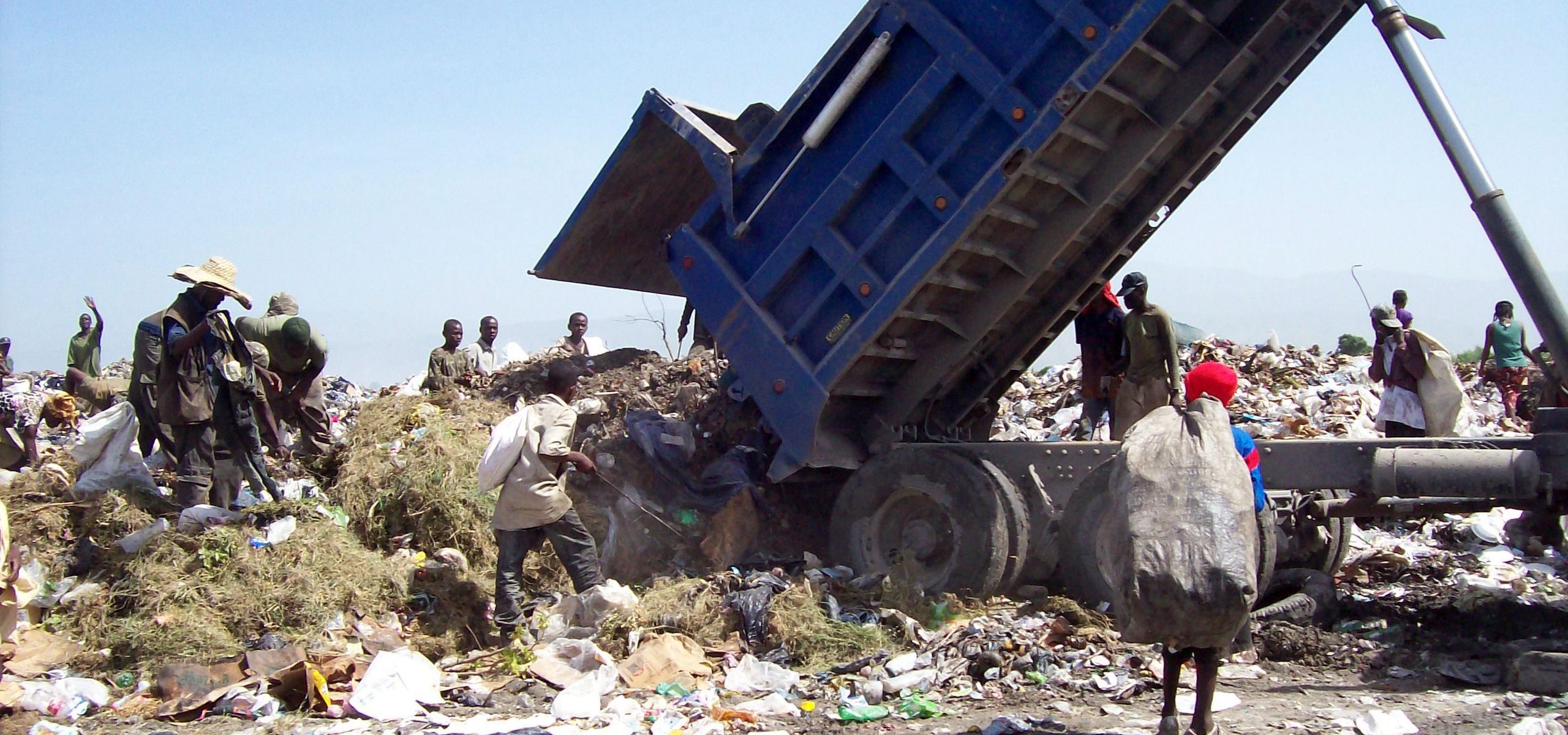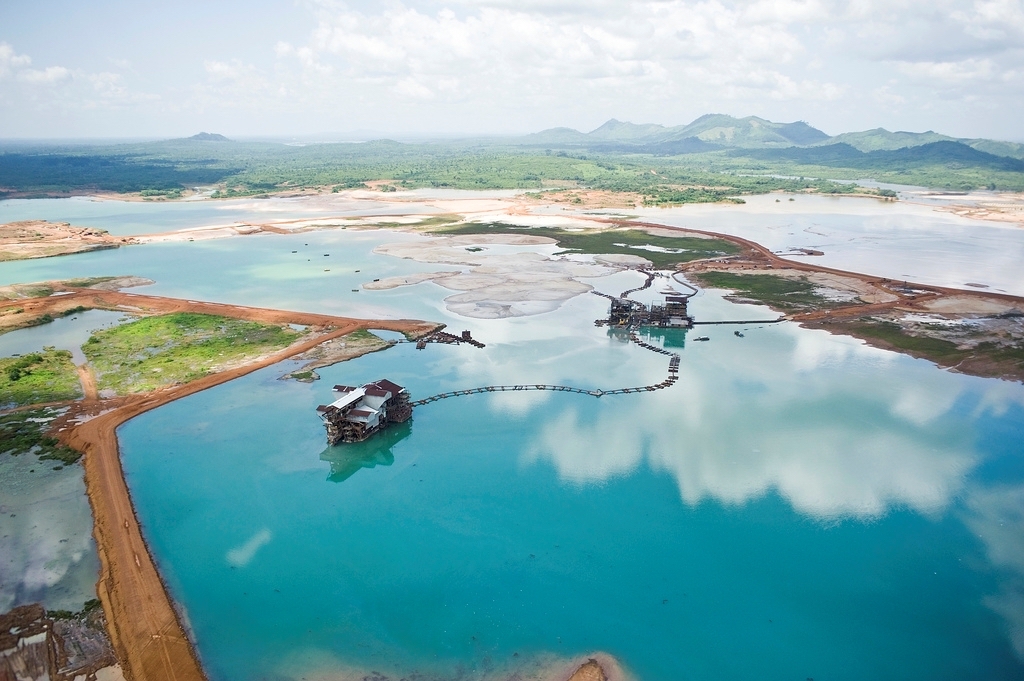Risk Awareness
Increasing awareness for the links between environmental risk and human well-being

Increasing awareness for the links between environmental risk and human well-being
Communicating risks effectively to populations and communities is essential for people to be able to be better prepared and to reduce the damaging impacts of hazards. Emergency management professionals and the general population must know the hazards they are likely to face, and which procedures to follow in case of an emergency. Messaging on risks should be consistent, legitimate, sensitive and harmonized.
The links between environmental risk and human well-being must similarly be consistently communicated. Environmental actors can help disaster managers and humanitarian responders understand the way environmental risks and changes impact human lives and livelihoods (see here for detailed information).
Information campaigns, education efforts, as well as proactive community engagement are vital to build risk awareness. Risk awareness campaigns must be tailored to the community, and entail those risks the community perceives to be most urgent. Community participation in natural resource management holds many opportunities for building risk awareness, reducing risk and improving resilience.
Understanding the current and potential future environmental conditions of a region is essential for an efficient and sustainable response
Risk analysis provides a common understanding and prioritization of risks, and should include existing environmental conditions and threats
Addressing environment as part of preparedness planning lays the foundation for its integration into humanitarian action.
Policies supported by institutional frameworks and legal arrangements make up the disaster risk management framework. In order to systematically integrate environmental concerns in humanitarian action, one must consider the institutional arrangements governing disaster preparedness, response, recovery and emergency funding.
An understanding of evolving risks is fundamental to a timely and effective response. The analysis of disaster risks informs the planning of a response, while monitoring ensures that the process is responsive to changing contexts




